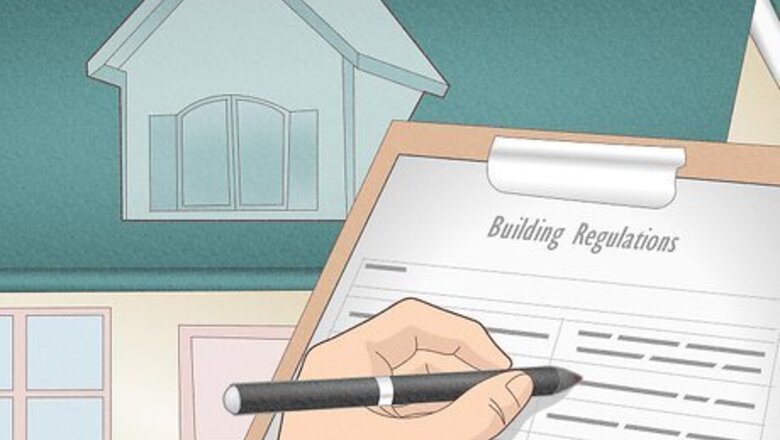
views
Do you need building regs for a dormer?
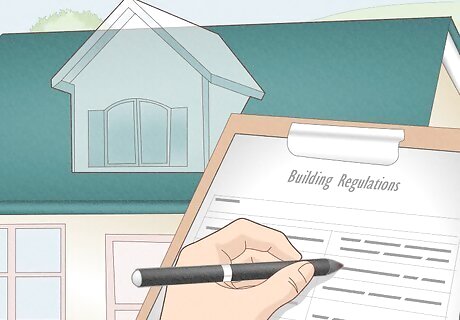
Yes, building regs approval is required to add a dormer to your home. Schedule a building control surveyor to come to your home before and during the conversion process and inspect the dormer conversion. Get a completion certificate from the surveyor after the dormer is completed. Dormers typically must meet certain requirements regarding thermal efficiency, emergency escape routes, and fire and electrical safety. In some areas, dormers added to the rear of your home might not need building regs approval. Always double-check local rules and regulations with your local government to be sure. Make sure you're following building code and bylaws with dormers, you have to be very very careful with zoning bylaws.
Can you have a front dormer?
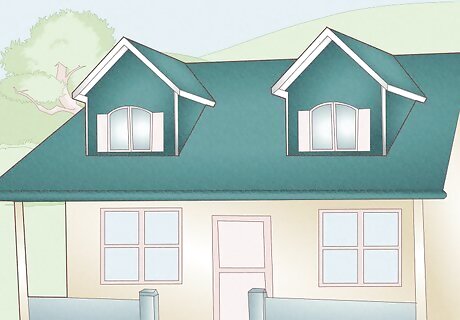
Yes, as long as you get the necessary approval. Front dormers are usually more heavily regulated than rear dormers because they can impact the appearance of the neighborhood more heavily. Make sure any proposal for a front dormer you submit complies with local regulations for front extensions to homes. For example, front dormers may not be allowed to extend past the building line formed by the fronts of neighboring houses along the street. Designs larger than the size of a porch or that drastically change the character of the house may also be prohibited. Ultimately, the decision to grant permission for any dormer is subjective and is in the hands of your local building control surveyors. Regulations vary from area to area, so do your research on your local government’s website to find out about specific requirements and prohibitions.
How big should dormers be?
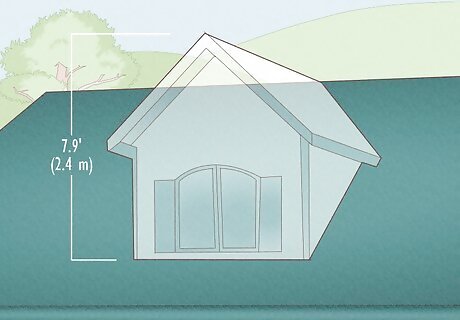
At least 2.4 m (7.9 ft) tall. The height of a dormer is largely influenced by how tall the roof you’re adding it to is. There’s no hard-and-fast rule for how tall dormers have to be, but making them at least this tall is a best practice that allows for plenty of room to stand in. Note that this is the height from the floor to the middle ceiling joist of the dormer.
Make dormers no wider than the home’s windows below. Again, this is just a best practice, but it helps avoid building a dormer that looks disproportionate to the rest of the home. Dormers that are wider than the windows on the home below can end up becoming a dominant architectural feature, rather than a complementary one. The architectural features of your home can also guide the width of the dormer. For example, a dormer that’s a little narrower might look best on a house with very classical features, while one that’s a little wider might look better on a house with more horizontal design features. Hiring an architect to help you with the design is the best way to make sure you get the dimensions right.
How do you cut a hole in the roof for a dormer?
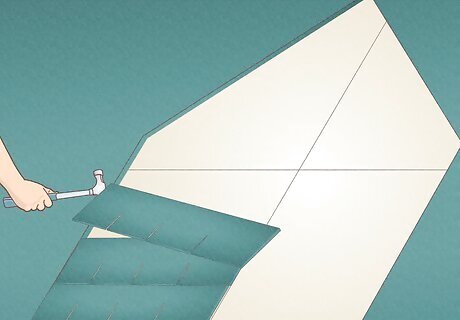
Rip the roofing material off of the area you want to open up. Wear heavy-duty work gloves and use a clawed hammer to pry up and tear off the tiles or roofing slates. Tear up any underlay and battens as well until the rafters underneath are exposed. Keep in mind that in order to do this project yourself, you should be familiar with roofing, framing, and general construction. Otherwise, get a professional to do it for you. Get some large waterproof tarps to cover the opening in your roof if it rains. Secure them over the opening by weighing them down with pieces of lumber.
Cut out the rafters in the opening using a reciprocating demo saw. Plug in the demo saw and cut through one end of the first rafter you want to remove. Cut through the other end and remove the section of lumber. Repeat this for all other rafters that are in the area you want to add the dormer to. You usually have to remove at least 2 rafters to add a small dormer.
How do you install the framing studs for a dormer?
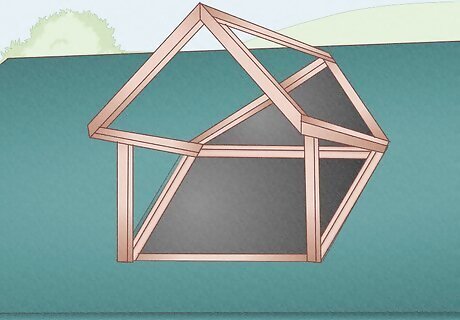
Attach the middle ceiling joist for the dormer to the main joist in the roof. Screw a joist hanger bracket into the main roof joist in the center of the opening for the dormer. Screw a 2 in (5.1 cm) by 4 in (10 cm) stud to a batten in the middle of the front of the opening. Put the dormer’s ceiling joist in the bracket and screw it into place and screw the stud at the other end to the joist to support it. Use a 2 in (5.1 cm) by 6 in (15 cm) or a 2 in (5.1 cm) by 8 in (20 cm) piece of lumber for the ceiling joist.
Install the framing studs on the surrounding raftors. Screw or nail 2 in (5.1 cm) by 4 in (10 cm) pieces of lumber, that are the height of the dormer, to the surrounding rafters vertically every 16 in (41 cm). Put horizontal studs across the tops of the vertical ones. If you’re going to install a window in your dormer, frame an opening for the window using shorter vertical and horizontal studs.
Fix angled rafters to the sides of the middle ceiling joist. Cut the ends of 2 in (5.1 cm) by 4 in (10 cm) pieces of lumber to the angle you want the roof of your dormer to slope at. Nail the rafters to the tops of the horizontal framing studs and the sides of the middle framing joist every 16 in (41 cm). Note that you only need angled rafters if you’re making a dormer with a gabled roof. If you’re building a flat-roofed dormer, install horizontal rafters.
What should I do after I frame a dormer?
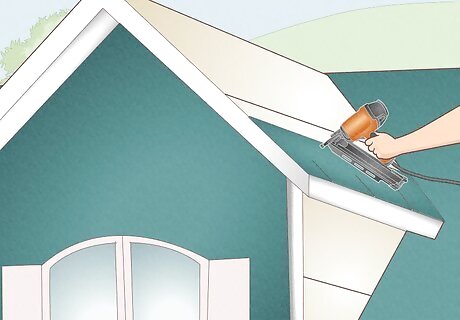
Cover the studs in plywood sheathing and vapor barrier wrap. Nail or screw plywood sheets to the sides of the framing studs and on top of the rafters. Staple vapor barrier wrap to the plywood to moisture-proof it. You can also use OSB boards instead of plywood.
Install the window and roofing last. Put the window in the opening you framed if you’re adding a window. Cover the roof of the dormer with roof slates or tiles to match the surrounding roof. Adding a dormer is a good time to replace the rest of your roofing as well, so all the materials match and are in equally as good condition.
How much does building a dormer cost?

Professional dormer installation costs from $2,500 to $20,000. Factors like size, material costs, and local labor costs all influence the cost of a dormer. If you have the know-how to do the project yourself, it can save you money on labor. Talk to a local roofer to find out more specific prices for building dormers in your area.
Does adding a dormer add value?
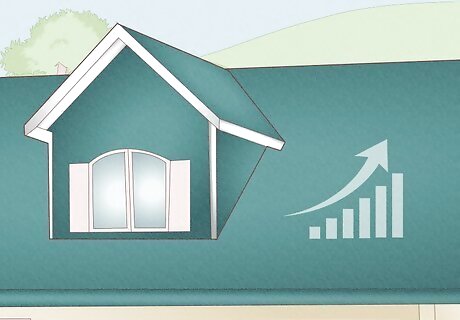
Yes, a dormer can add significant value to your home. For example, a dormer loft addition that features a bedroom and a bathroom could increase the property value of a three-bedroom, one-bathroom home by around 20%. The value added is likely to be higher in urban areas where space is limited. Dormers are a very cost-effective way to add functionality and value to your home, especially when adding a full additional floor or extension isn’t permitted or isn’t within your budget.


















Comments
0 comment